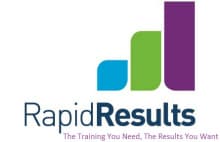To take our presentation to the next level, we have to keep our audience in mind before we start presenting. Preparation before training is equally important as knowing the type of audience we have.
It’s extremely important to identify who our audience is so it’d be easier for us to engage them and handle situations that may arise or questions that may come up.

Photo by rawpixel.com from Pexels
Here are the top 3 common types of audience:
THE PASSIVE / NEUTRAL AUDIENCE
These are the people who may or may not be interested in your idea. These people are on the fence. We need to be careful not to offend these audiences so we can still get them to invest in our idea or concept.
THE EXPERT AUDIENCE
These are the people who are fully aware of the concept or idea we’d like to teach. Thus, the biggest mistake we can do is give them a background of the topic. What do we do instead? Give them something new. An insight that can make them see the same concept in a different perspective. A recent discovery that they are not aware of. Or better yet, use their expertise by encouraging them to share their knowledge during discussions.
THE UNINFORMED AUDIENCE
These are the people who are not really knowledgeable about the topic. Therefore, we need to gauge the amount of information we should provide based on their level of expertise in the subject. We should also avoid giving a firehose of information as it may overwhelm them. We need to pick the main points and concepts that we can share to help them understand the topic the easiest way possible.
Remember, the key to a successful presentation is to never think that our audience is over informed or under-educated!
Which audience do you prefer?
Would you like your training programs tailored fit to your staff’s different personality styles?

Recent Comments